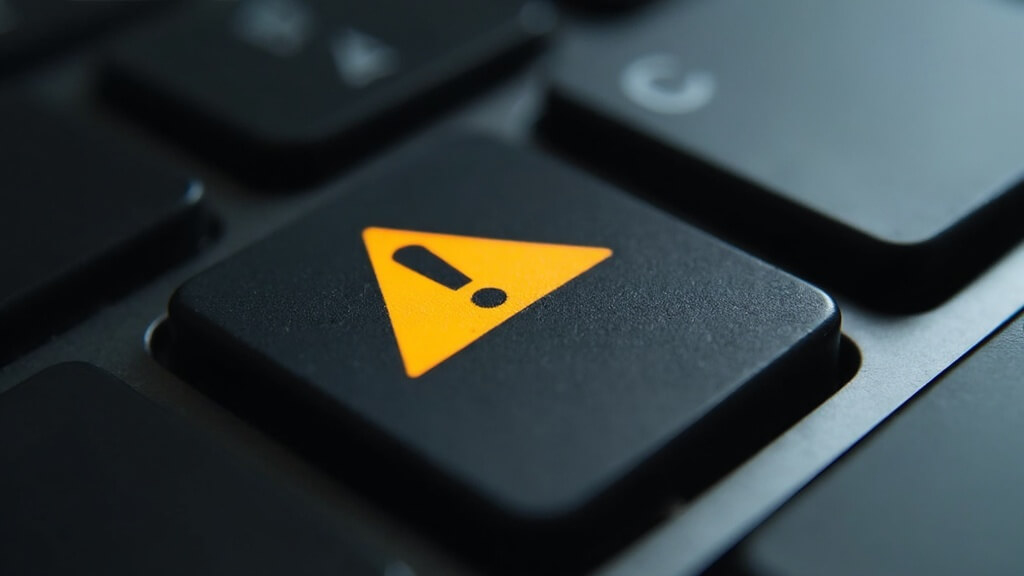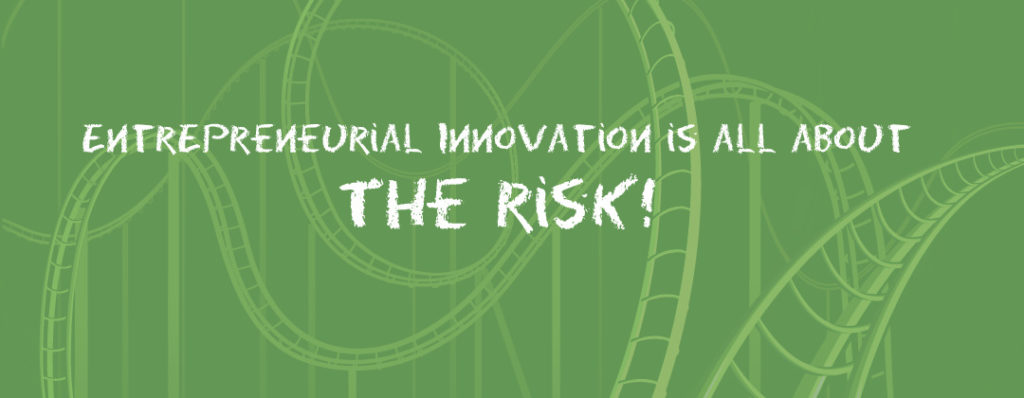Article
How to Prepare for Impactful Meetings with Executive-Level Clients

Each year I like to list out the key things I’ve learned in the beautiful, messy business of creative innovation services consulting where I’ve worked for the past 16-years. While there’s a great temptation to go deep on each learning, I’ve erred on the side of bite-sized brevity. Alas, I’ve found that my audience has an appetite for more, and added to my own craving to further unfold each topic, I’m going to try something new in 2023.
For each of my thirty learnings, I’m going to create a longer form piece that includes the learning overview, a personal vignette, and practical consulting takeaways that aim to provide a fresh and actionable perspective to ponder. The first one is below. With a visual or two, and a hearty dose of real world context, my hope is that the reader walks away with equal parts inspiration and validation. And maybe even a Duchenne smile.
1
In creative innovation services consulting, having a solid understanding of your client, their business, and their opportunities is critical. Don’t go into an executive meeting not knowing where they need help or what relevant value you can bring.
That’s one of the biggest mistakes young business development professionals in our space make: dashing into an executive-level client meeting without thorough preparation for the client, their company, their market. Getting your proverbial ducks in a row is essential to driving a great outcome.
The temptation is understandable. New senior client discussions are exciting, and winning a new client relationship or project is a necessary step to getting to delivering the big ideas and solutions. However, you often only get ONE shot to make a great first impression with a senior executive. Assume the client is skeptical and sizing you up from the first call or meeting: “Should I trust you and spend even another minute talking with you?”
I like to see the BD (business developer) lead on the pursuit take the initial pass at research and create a “dossier” on the client. The next step is to share the dossier with the entire pursuit team so that they can learn key insights and also contribute to the document.
When I was doing BD as a role at frog or Ziba, my approach would be to do the following in advance of any new client meeting:
- Create a shared document where I will add my own research and notes for the client and share with the entire pursuit team
- Review my network (internal or external) for people who have experience working with the client(s). Talk to those people live or via email for valuable insights
- Review our CRM for past dealings or conversations with the client to reference
- Research the client and client company, market, and competitors using various tools and platforms. Summarize key findings in shared doc
- Watch the client’s interviews, talks, and social media posts for clues on what makes them tick and what they are passionate about
- Create a Twitter feed with key search terms on the client company to glean fresh insights from the Twitterverse
At Fresh, we do extensive executive client meeting prep training with our BD team and practice area leaders to align on a robust, repeatable process. Sometimes that entails roleplaying with Steve Elmore, our Managing Director of Business Development, who’s an expert at consulting with executive leaders and helping them solve problems. Other times, we train on research tools, storytelling, deck creation, and internal collaboration with practice areas. We have a Slack channel for sharing best practices and for BD folks to ask real-time questions as they prepare.
There are two main stages to a successful executive-client meeting. First is what you do to prepare yourself and the team ahead of the meeting. The second is how you manage and improvise the pitch or conversation in real-time as the meeting ebbs and flows. Meetings often take very unexpected turns. It’s important to be prepared upfront, but even more important to prepare your team for the wildcards that come up.
In summary, here are some dos and don’ts I recommend to prepare for and deliver a successful executive meeting:
- Do ask the executive client ahead of time what they expect to get from the meeting and publish a detailed agenda with all attendees & roles from both sides. Thoroughly prepare for this agenda, but also for likely and desired deviations.
- Do be clear with the pursuit team on who does what in the prep stage and during the meeting so each attendee has clear roles.
- Do read the room well during the meeting and ensure the executive client(s) are getting what they need from the conversation and there is a clear next step, or CTA.
- Don’t create a deck that runs too long. 10-12 slides with a powerful story that is laser-focused on the researched and stated needs of the client, their company, and their market are perfect. Leave ample time for Q&A.
- Don’t be late (be early!), and if it’s a Zoom call, ensure that everyone presenting has a strong connection and a premium mic & video setup.
- Don’t sell! Be authentic, listen well, talk slowly and concisely. Give all attendees their time to talk. Your clients will buy your services when you prepare well, pitch confidently, and put a sound plan forward to solve their problem and add value.
Stay fresh, everyone!









